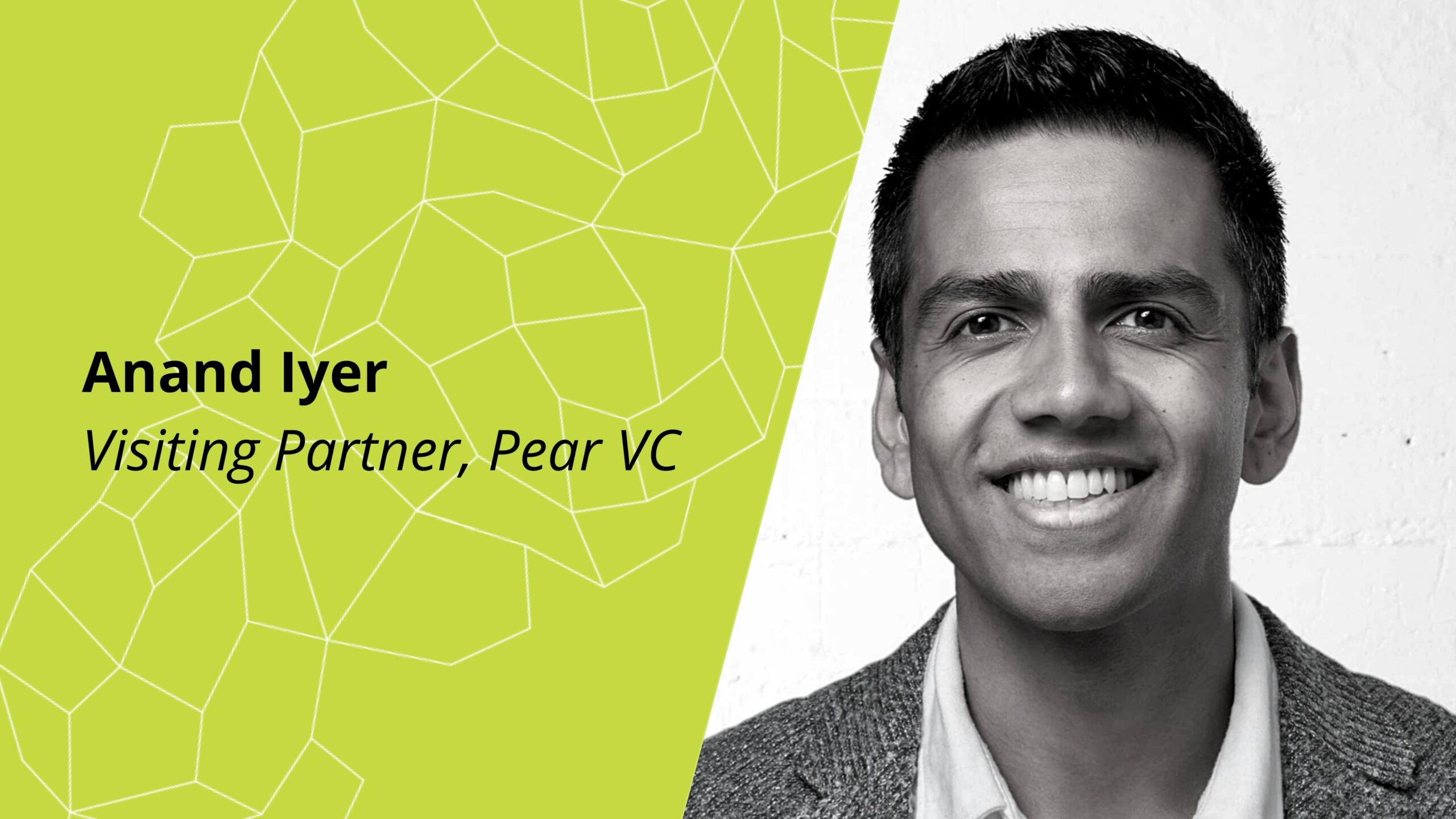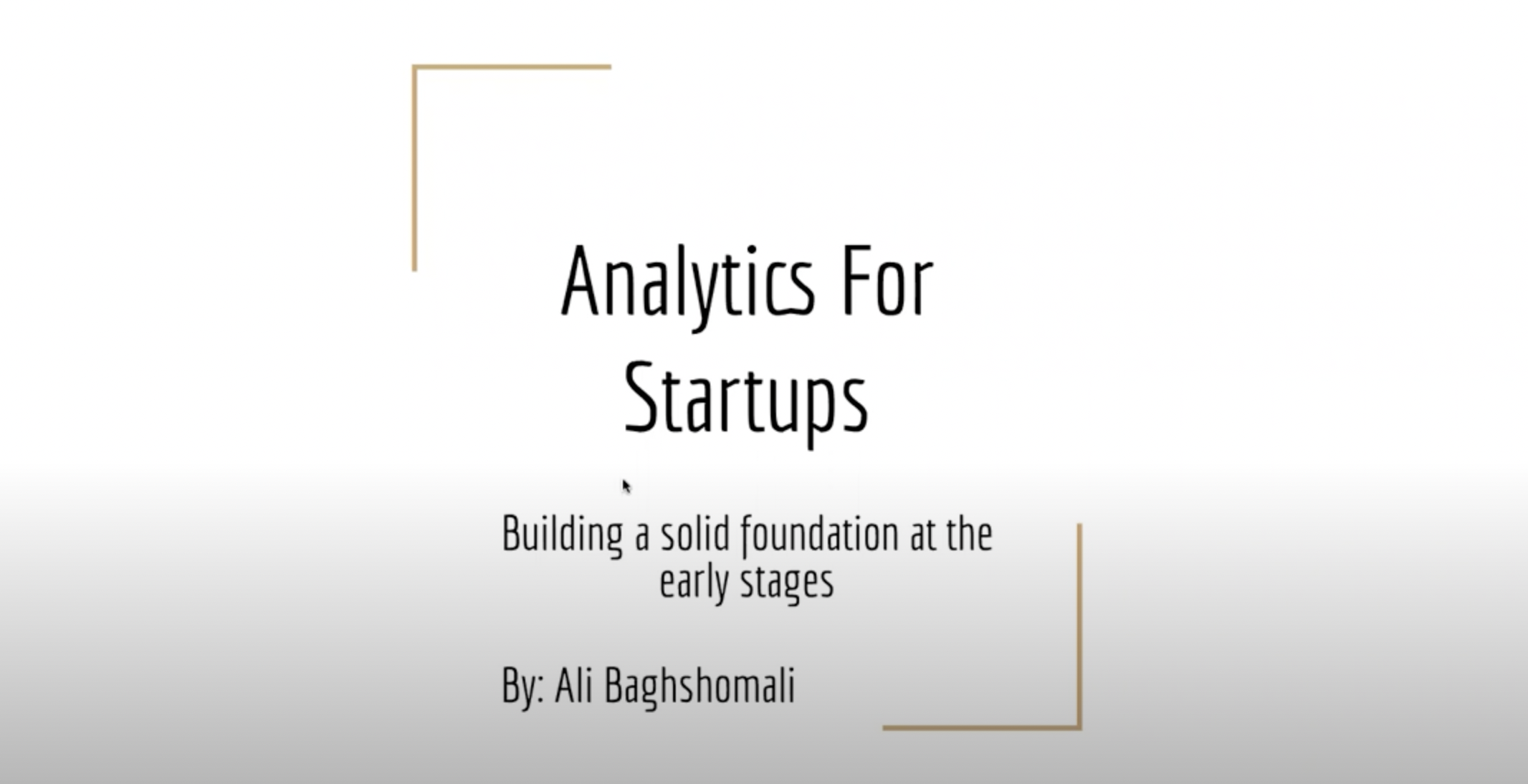Before Anand founded Trusted, he was the co-founder of Threadflip, which lost out, in a sense, to Poshmark.
Reflecting on his time there, after Poshmark’s IPO, Anand realized that he and his team had always been relying on product to move the needle.
“It was always based on some small signal and sometimes there’d be some marginal improvements. But we weren’t fundamentally understanding who our users were and listening to what they needed. For a marketplace that was heavily designed for a female demographic, we needed to really get into the weeds a lot more than just marginal product improvements. You can be the best product in the world, but I don’t think you can quite get the big hits unless you know how to realistically build a company. There’s a difference between building a product and building a company. And I think we weren’t a great company.”
It was a lesson Anand took to heart in building his next company, Trusted, and it is an ethos that fuels his obsession with customer acquisition.
Day Zero: A date night app 0 to 0.5: Cracking the nut on customer acquisition 0.5 to 1: Serving customers and expanding to corporate benefit customers Anand’s Key Pillars For Founder Success
Day Zero: A date night app
Trusted actually started off as a date night app for married couples, called Bliss. It started because Anand started to realize that he wasn’t spending as much time with his wife as he would have liked since they had welcomed their daughter to the family. The app planned and set up dates for busy couples for a subscription fee. After six weeks, he and his cofounder, Vivian, a friend from his early days at Microsoft, found that 4 out of 10 couples were churning.
As experienced founders, they knew to immediately ask why.
“We learned that couples were thinking, ‘We know where to go. We know what we want to do. We just can’t get out of the house frequently enough, because childcare becomes a problem. There’s no trusted network for us to leave our children with.”
Aha! They had found the true underlying problem.
0 to 0.5: Cracking the nut on customer acquisition
At the time, Anand was the primary caregiver in his household. It was this role that granted him his unique insight into the caregiving space.
“I started to spend a lot of time with other caregivers, because I needed my daughter to socialize with other children. My learning from this was that tooling for caregivers was missing. They didn’t know how to clock hours or find clients.”
So, Anand and Vivian started building that tooling, creating a SaaS product that helped caregivers to manage their schedules and other logistical aspects of being a paid caregiver, such as qualifying for overtime, upskilling, where to get help, where to get background checks, and the like.
To acquire their first set of caregivers, they got creative.
“We did not want to spend on customer acquisition. That was our goal from out of the gate,” Anand says. “If you’re really deep in the space, sometimes you can find some distribution hacks that others who are out of the industry are unaware of.”
That distribution hack for Trusted was partnering with nursing sororities in universities around the country.
“We noticed that a lot of nursing students had a lot of credentials. They loved caring for people. A lot of them used to watch children before they got into nursing school. So they became sort of a natural fit for us, and we didn’t really need to even interview them. They found great jobs and would bring all their friends in, so it became a really interesting viral loop.”
It was that relentless focus and discipline around customer acquisition strategy that continued to drive Trusted’s success, as they went on to launch the parent side of the app and become a marketplace.
“We literally had this chart, and even today, I could refer to this chart. It starts with ‘How are we going to get our first 10 users?’ And then we would go from 11 to 100, then from 101 to 500, 501 to a 1000, and so on. It was methodical and specific. Vivian and I really challenged each other on this, on both sides of the marketplace, asking, ‘What are our core assumptions here and how are we thinking this is gonna work?’ That gave us a holistic way to think about customer acquisition.”
0.5 to 1: Serving customers and expanding to corporate benefit customers
Of course, the founders were also constantly iterating on the product to make sure that it engaged and served their customers. One of the biggest early decisions the team made was to switch from a flat rate pricing model to a flexible rate, after they saw caregivers churning from the app to collect payment directly from their clients.
“Caregivers were asking, ‘Why are you making 25 and I’m only getting 17.50?’ And it was hard to explain that we were a software platform or for-profit business and all this stuff,” recalls Anand.
Anand and Vivian designed a flexible pricing model where there would always be a floor price that a caregiver would be able to make based on skill set and number of hours on the platform, but that number could always go up based on demand. As the caregiver started to accrue more hours in the platform, they could naturally command a much higher rate.
“That was a big moment for us, because we introduced a transparent pricing model and caregivers felt better. They were happily staying on the platform and continued to grow with us.”
To this day, some of the caregivers who Anand and Vivian had hired back in 2014 are still on the platform, working and bringing in good income — some have even stayed moving between markets, from San Francisco to LA to Austin.
On the client side, Anand and Vivian began selling to companies as a corporate benefit, ultimately leading to their acquisition by care.com, a company rapidly growing in the space.
***
Nowadays, as an investor, Anand is learning to flex his startup brain in different ways.
“When you are building, you go a mile deep and it is sort of an inch wide. You’re very much siloed in your problem space. As an investor, you have to go a mile wide and inch deep. That’s the biggest difference that I’ve noticed,” he observes.
Still, Anand is full of advice from his 0 to 1 days, and he’s been inspired by his new work.
“In spite of all the issues that humankind has faced, there’s some really ambitious founders, solving some really big problems and that’s very encouraging. We had a vaccine for a crazy virus that came out in a year, and that’s unheard of! I think that kind of progress is something that I’ve never seen.”
Anand’s Key Pillars For Founder Success
Keep it raw
One thing that I always struggled with was knowing how much to absorb and keep to myself, versus how much I should share with the team. Say, customer support would flag something, and I read every single customer thread that came in. I struggled with knowing how to parse that information and how to share it, whether it was a technical glitch or an operational issue, because I didn’t want to drop the burden of something so strong coming from a customer. My learning was that it is important to keep it raw—your team actually appreciates that. The vulnerability goes a long way and they end up being a part of the solution as opposed to thinking there’s a gatekeeper between the problem and themselves.
Set your boundaries
I was having a chat with a fellow founder at 11 PM Eastern his time when he was texting me. And I was like, “Why are you texting me? You have three kids, you should really be going to bed now— take care of yourself!” I think that’s something that we all struggle with. But as you age, at some point you start to do the math on how much time you will have with your children before they go off to college, and you can put that in a finite number of weekends, for example. Then it becomes really scary. You think, ‘Oh my God, I only have 520 weekends left when they’re eight years old.’ That’s not a lot if you think about it. Setting boundaries is number one. I literally have times that I block off on my calendar very deliberately as a reminder for: “I need to do this now. This is important.” And then simple things like activities where you’re forced to not have your phone with you. With my daughter, when we’d go to the Farmer’s Market, we’d go biking, and you have to be single-tasking there. That will force you to really check out. The last thing I’ll say: don’t forget your partner. They’re the ones who are supporting you and your pillars through the journey. It’s important to spend time with them, cherish them and make sure you celebrate all the little milestones with them along the way.
You can’t always buy your way out of customer acquisition
Customer acquisition is something that you just cannot take for granted. You can have an amazing concept and a great product in theory. But when you start to build the company, you really need to think about how the company will scale. There are a lot of very strong product minded entrepreneurs out there or founders who can build great product. But building a great company comes with sorting out customer acquisition and scaling. There is a gap in how some people think about customer acquisition, and it is not always trivial to buy your way out of it. You will hit a point where your CAC (cost of customer acquisition) is just too high and the LTV (lifetime value) is relatively low.
Pay attention to the details
The little things matter. You want everything to be bulletproof when it comes to the pitch. Be heavily invested in putting your imprint out there, because it is going to get looked at by a lot of people, and there are a lot of people who are going to pick up on the little things. It’s not about the graphics or rounded corners versus squared corners, but it’s about the attention to detail. Your narrative becomes even stronger, and the way that comes across is that you’re someone who’s really thought about the problem space really well and knows their stuff. Relatedly, generally speaking, knowing how to create something that delights your users is an art form and it’s something that you should never take for granted because that’s the power of technology. I wouldn’t say it always helps with acquisition of a new customer, but it always helps with retention, because the user will be delighted by the product and experience.

